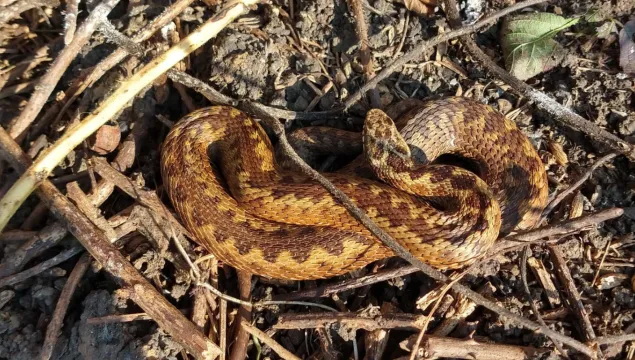
The ultimate guide to adders
With this ultimate guide to adders, we aim to dispel some myths and foster a love of this shy and mysterious creature that roams our Kent landscape.

With this ultimate guide to adders, we aim to dispel some myths and foster a love of this shy and mysterious creature that roams our Kent landscape.
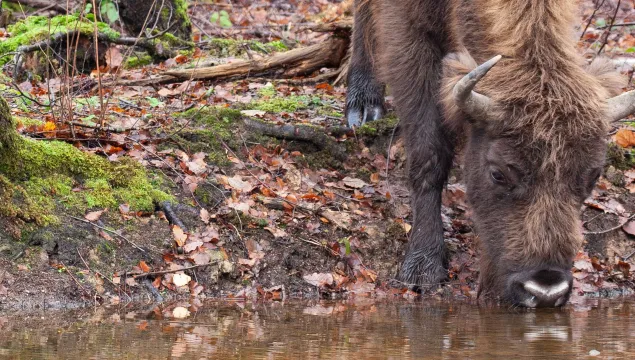
Stan Smith, Wilder Landscapes Manager at KWT, looks at current species reintroduction and wonders if we are asking the right questions before we introduce new species.
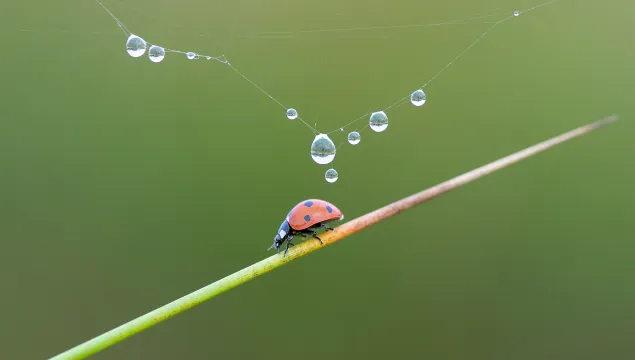
Discover some of the predators stalking through your garden’s grassland.

Our mission is to increase wildlife abundance and climate resilience across 30% of Kent's land and sea. Find out how we're going to accomplish this mission with our Wilder Kent 2030 strategy.
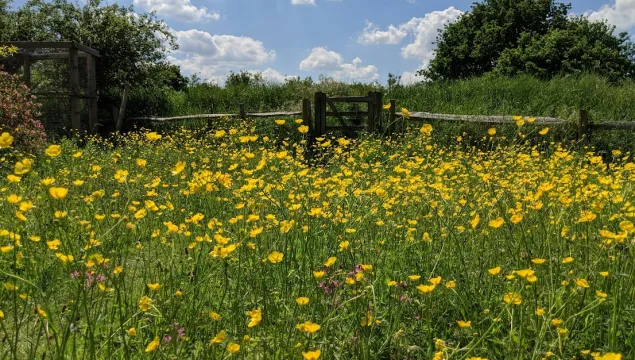
Penny Brook is a Wild About Garden volunteer who has opened her garden to the public. To mark National Gardening Week (1-7 May), we're giving you a sneak peak into her beautiful wildlife friendly garden.
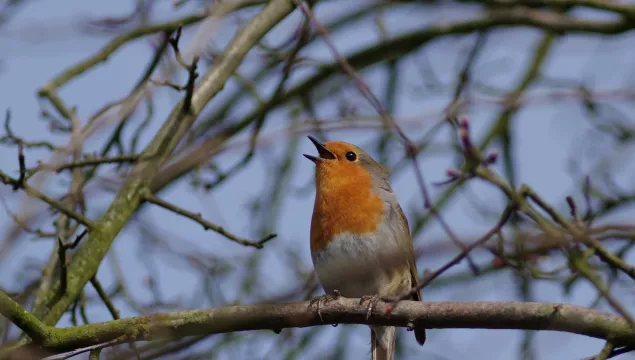
It's International Dawn Chorus Day! Find out about some of the most common sounds of the early morning dawn chorus and learn to identify them in this blog.

We wouldn’t be able to achieve so much for wildlife in Kent without the support of incredible fundraisers across the county. Find out some of the ways you can raise money for Kent Wildlife Trust.
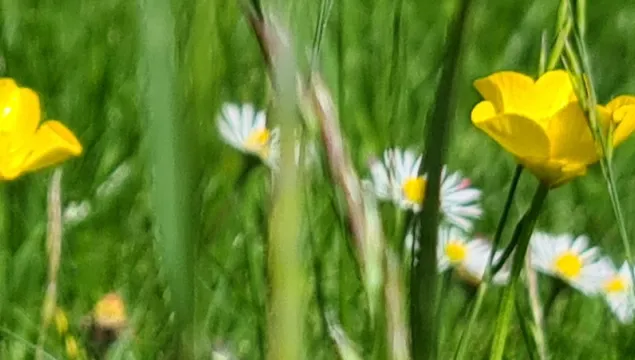
Wild About Garden volunteer, Jim Highman, shares his tips on creating a wildlife friendly garden without the three P's: peat, plastic or pesticides.
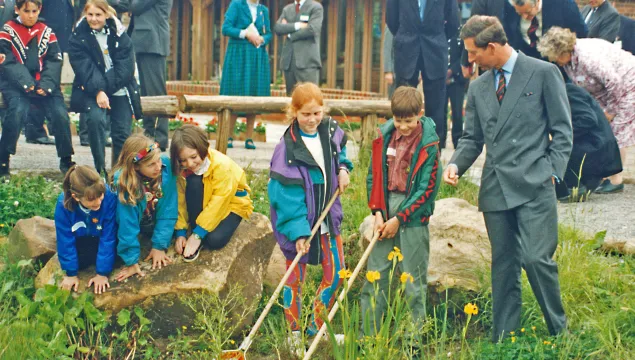
As the nation excitedly prepares for the King’s Coronation, Kent Wildlife Trust reflects on their history with the monarch and his connections with nature.
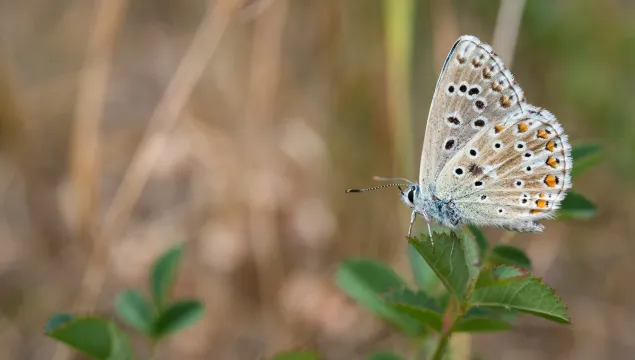
Butterfly expert Alan Sumnall offers a thorough guide to one of our most enchanting groups of butterflies – the blues.
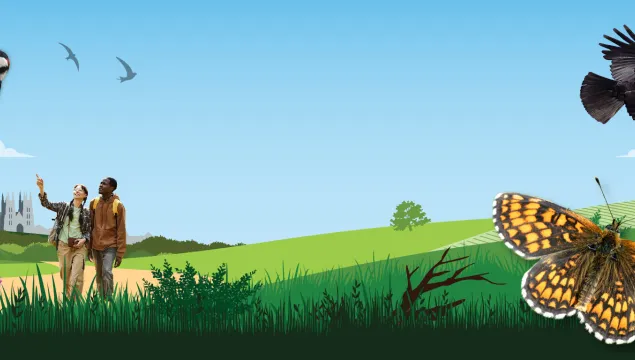
Chief Executive of Kent Wildlife Trust, Evan Bowen-Jones shares our new Wilder Kent 2030 strategy. Find out how we plan to restore nature in Kent through our operating model and working with the local community.
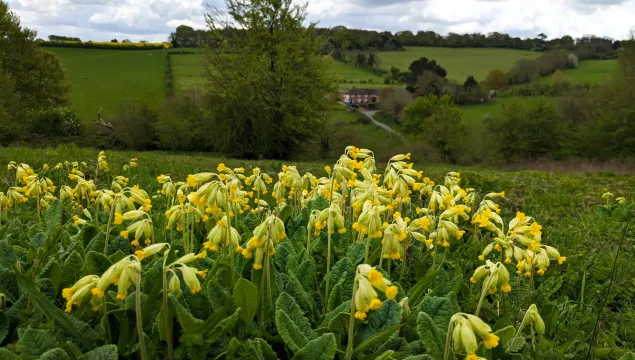
We bring to you, a feature article on Queendown Warren nature reserve. Find out how it came to be, what management is being done here, what species can be found and what the hopes are for the future.